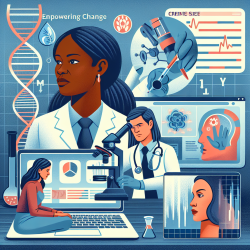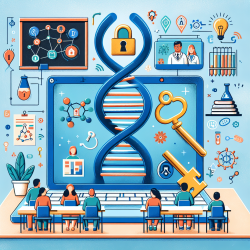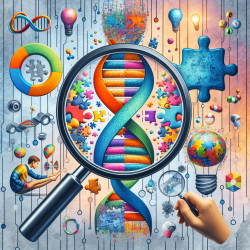Introduction
In the fast-paced world of medical diagnostics, the electrocardiogram (ECG) remains a cornerstone for identifying cardiovascular issues. With cardiovascular diseases being a leading cause of death globally, the need for accurate and automatic ECG interpretation is paramount. A recent study titled "Interpretable deep learning for automatic diagnosis of 12-lead electrocardiogram" has unveiled a groundbreaking deep learning model that could revolutionize how practitioners diagnose cardiac arrhythmias.
Understanding the Deep Learning Model
The study introduces a deep neural network designed to automatically classify cardiac arrhythmias using 12-lead ECG recordings. This model stands out due to its impressive average F1 score of 0.813, outperforming traditional machine learning methods that rely on manually extracted features. The deep learning approach, leveraging 1D Convolutional Neural Networks (CNNs), eliminates the need for explicit feature extraction, thereby streamlining the diagnostic process.
Key Insights for Practitioners
- Comprehensive Lead Utilization: The study emphasizes the importance of using all 12 leads for superior diagnostic accuracy. Single-lead models showed a 4.4%–11.8% lower performance, highlighting the value of comprehensive data.
- Lead I, aVR, and V5: These leads emerged as top performers in single-lead scenarios, suggesting their critical role in ECG interpretation.
- SHAP Method for Interpretability: To enhance clinical interpretability, the study employs the SHapley Additive exPlanations (SHAP) method. This tool helps practitioners understand model predictions at both patient and population levels, providing insights into ECG lead contributions.
Implications for Practice
For practitioners, integrating this deep learning model into clinical practice could significantly enhance diagnostic accuracy and efficiency. The model's ability to process raw ECG inputs and deliver precise predictions can aid in early detection and treatment of cardiac arrhythmias, potentially improving patient outcomes.
Encouraging Further Research
The study also opens avenues for further research. Practitioners are encouraged to explore the model's applicability across diverse populations, given the dataset's origin from Chinese hospitals. Additionally, investigating the model's robustness against adversarial samples and exploring optimal lead combinations could further refine its effectiveness.
Conclusion
The deep learning model presented in this study marks a significant advancement in ECG diagnostics. By embracing this technology, practitioners can enhance their diagnostic capabilities and contribute to better cardiovascular health outcomes. For those interested in delving deeper into the research, the original paper can be accessed here.










